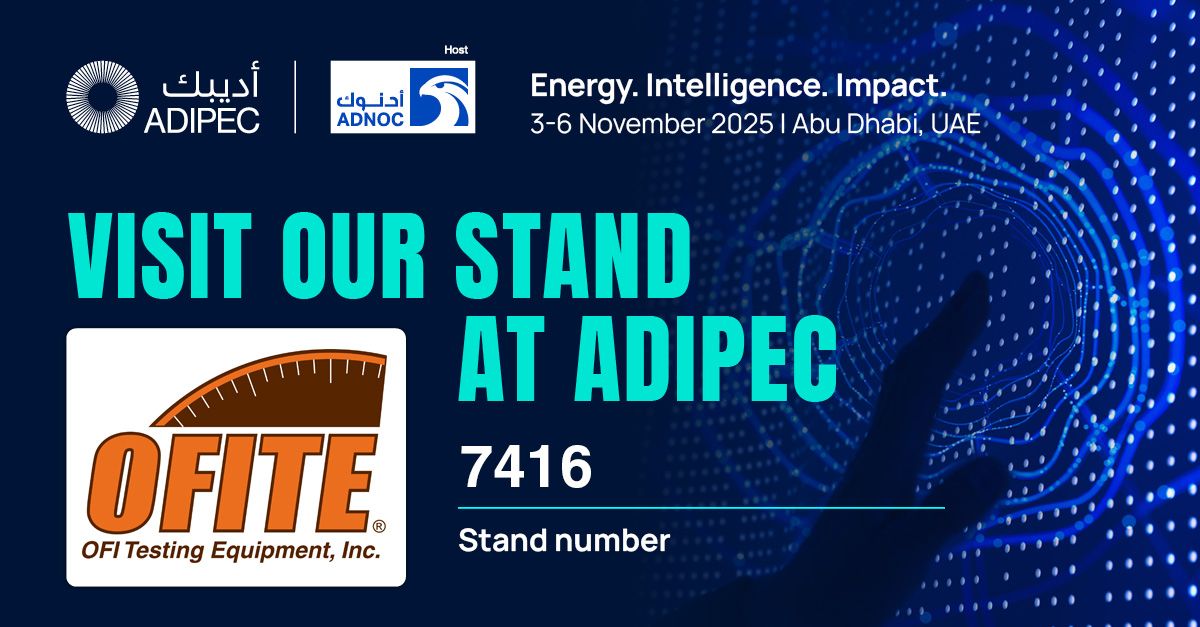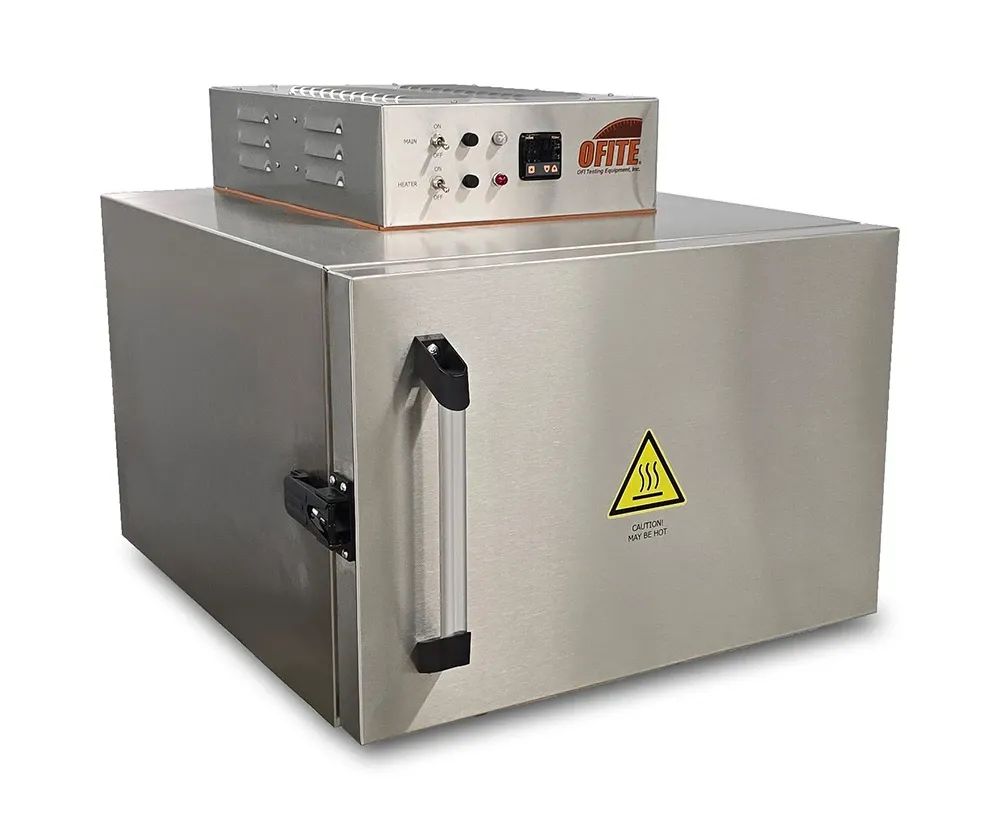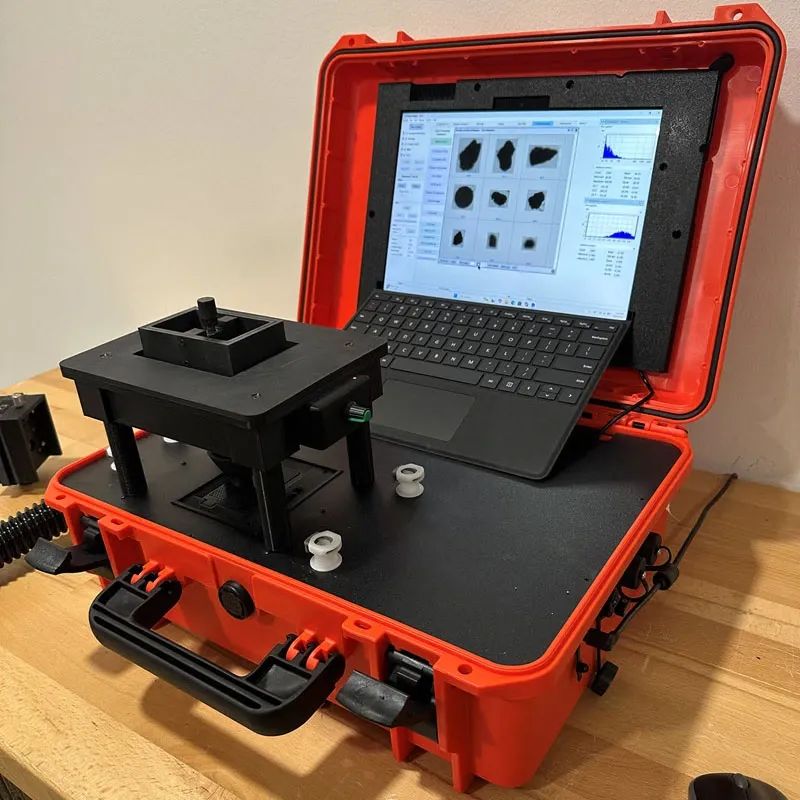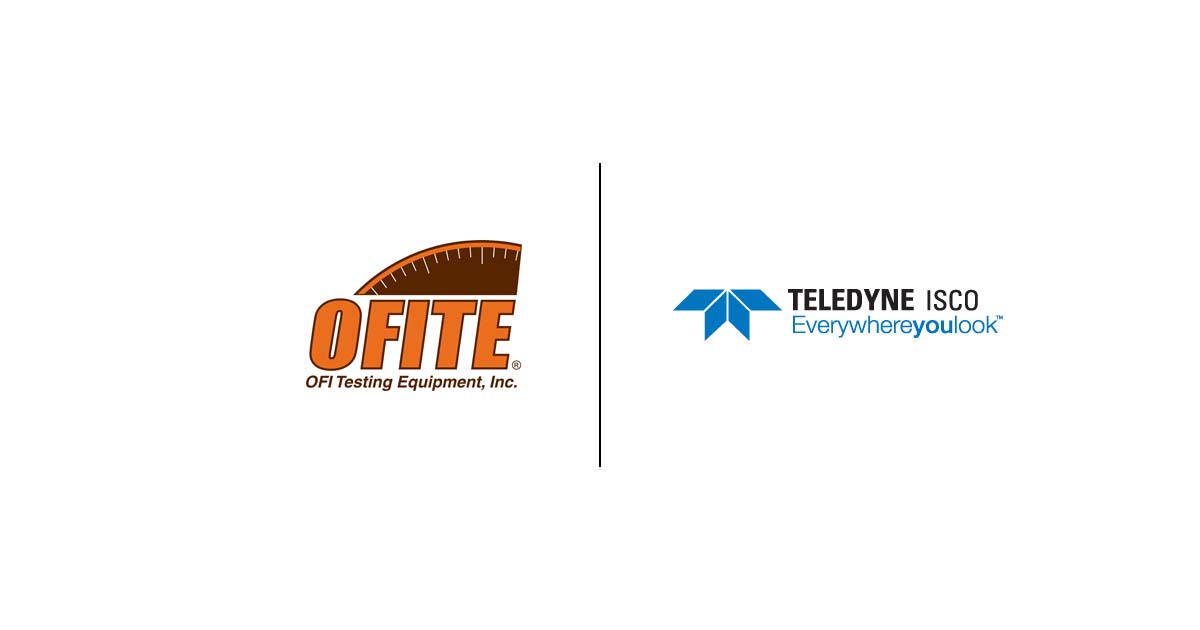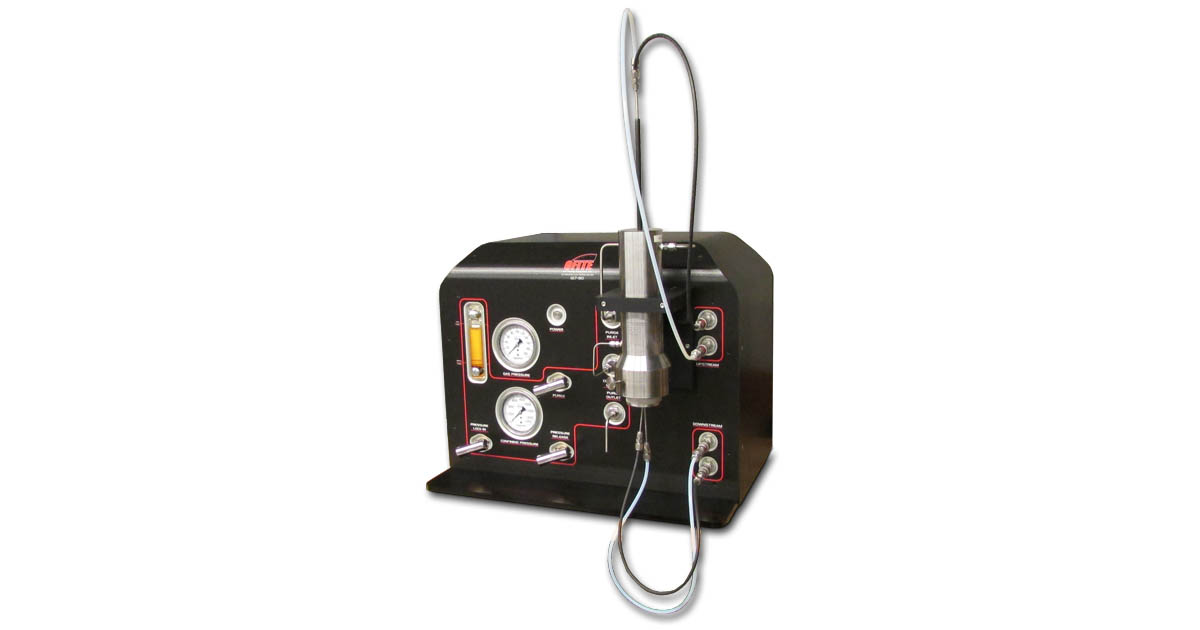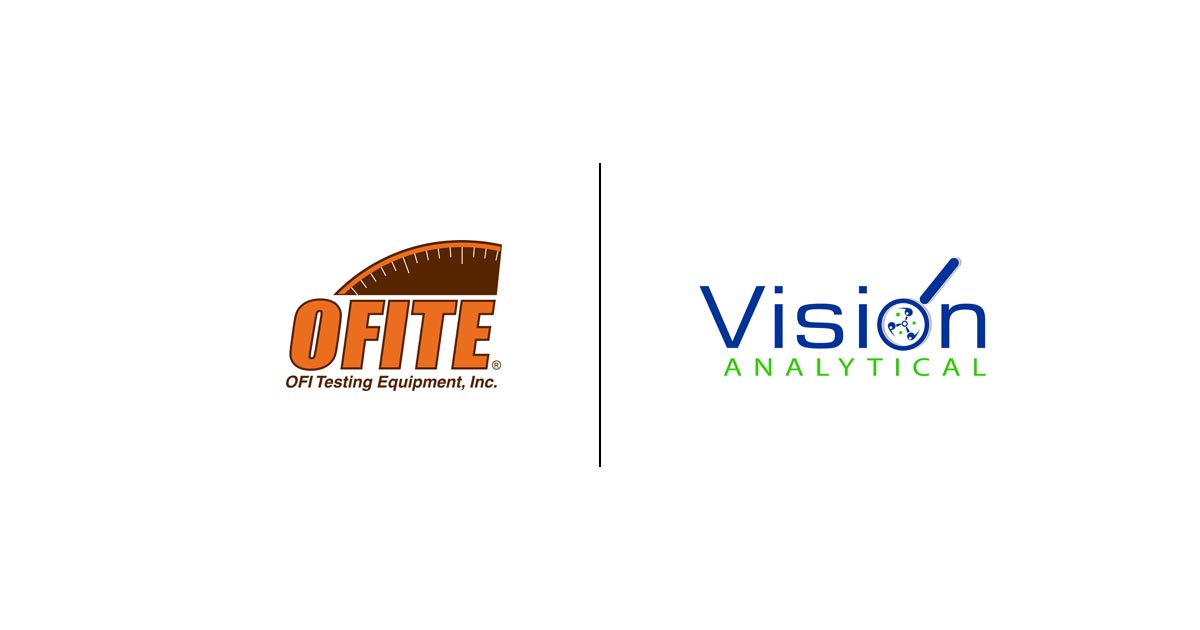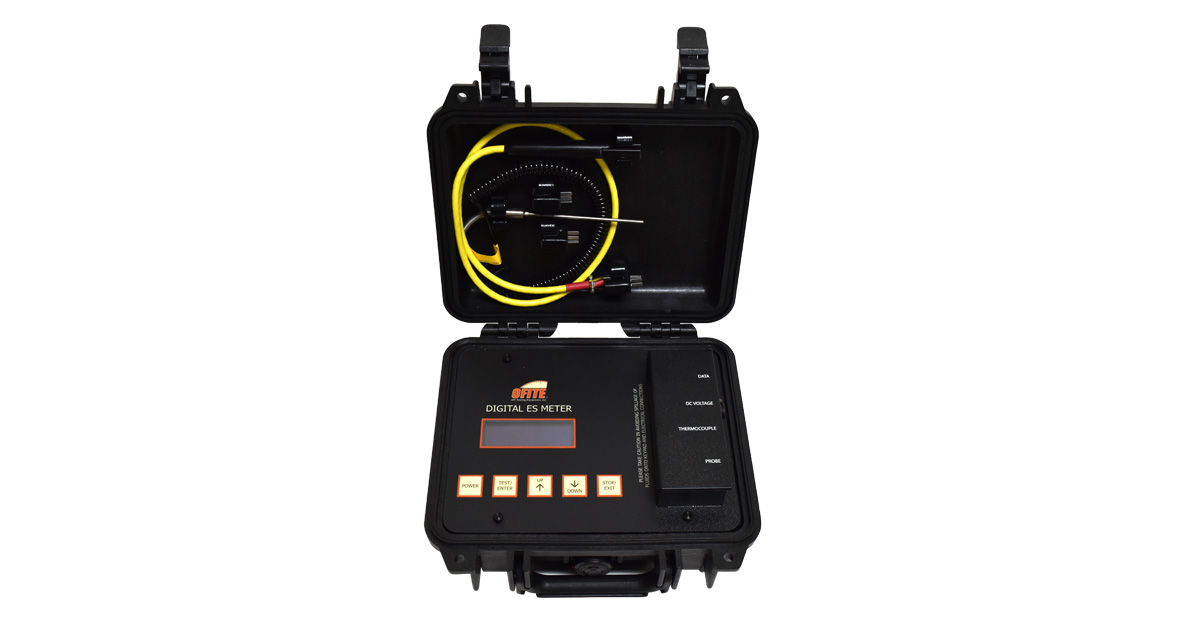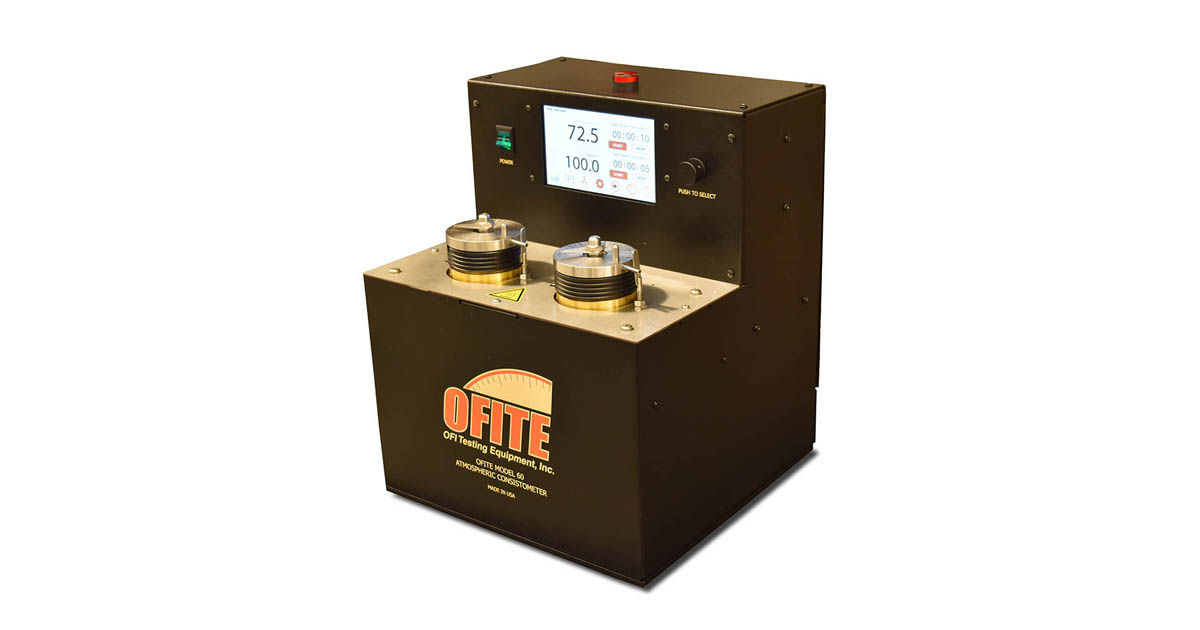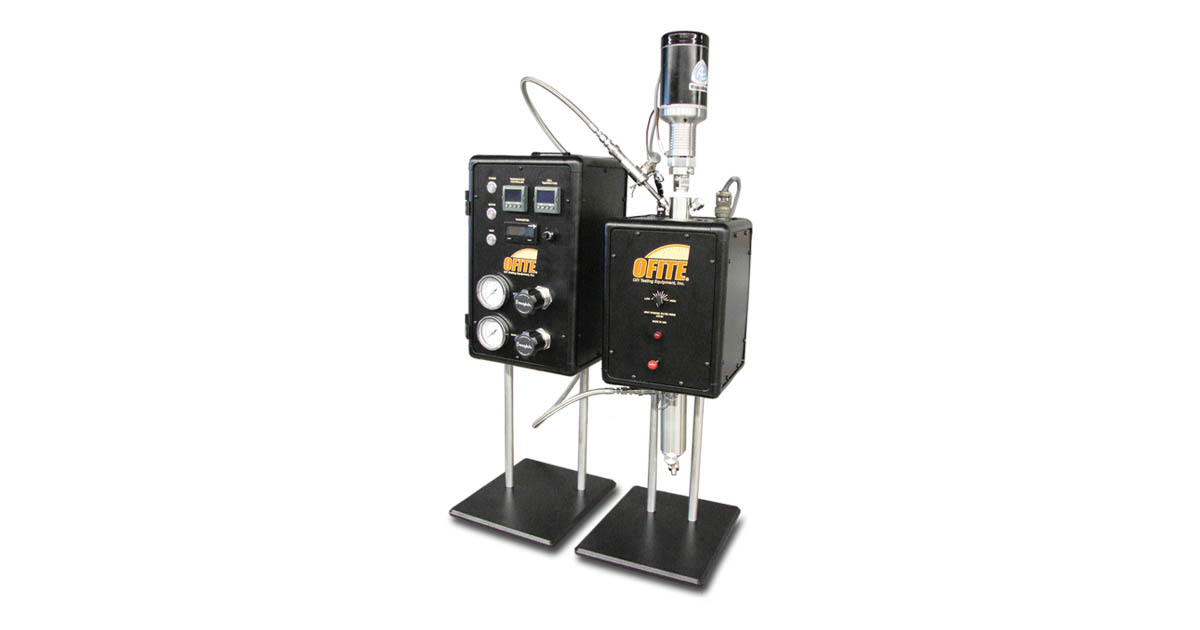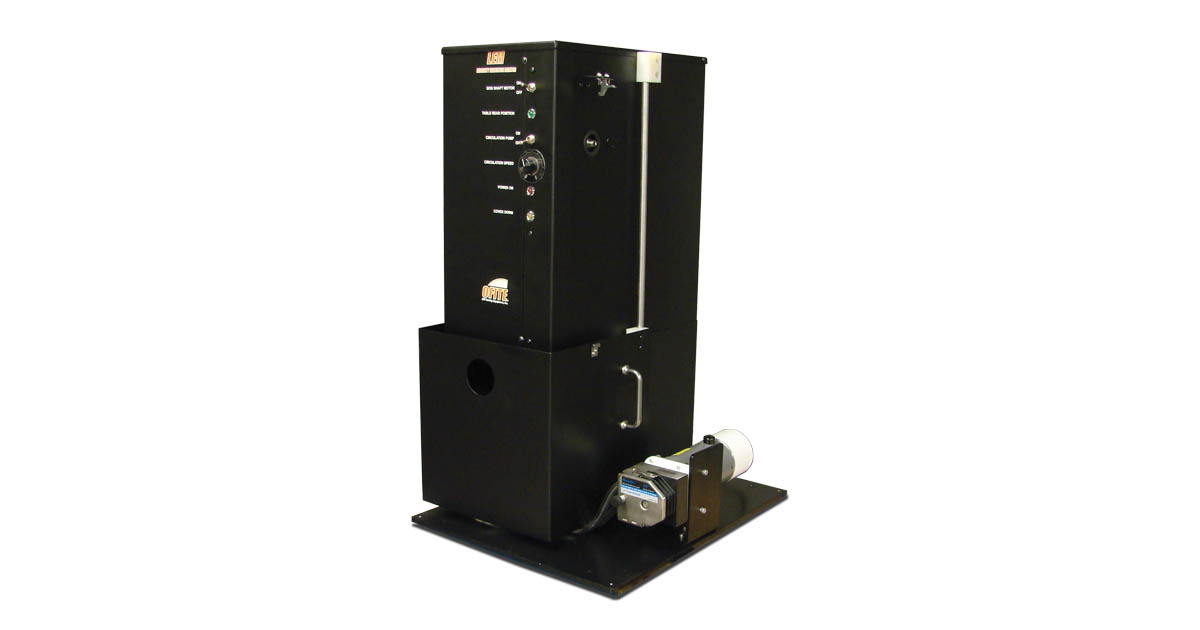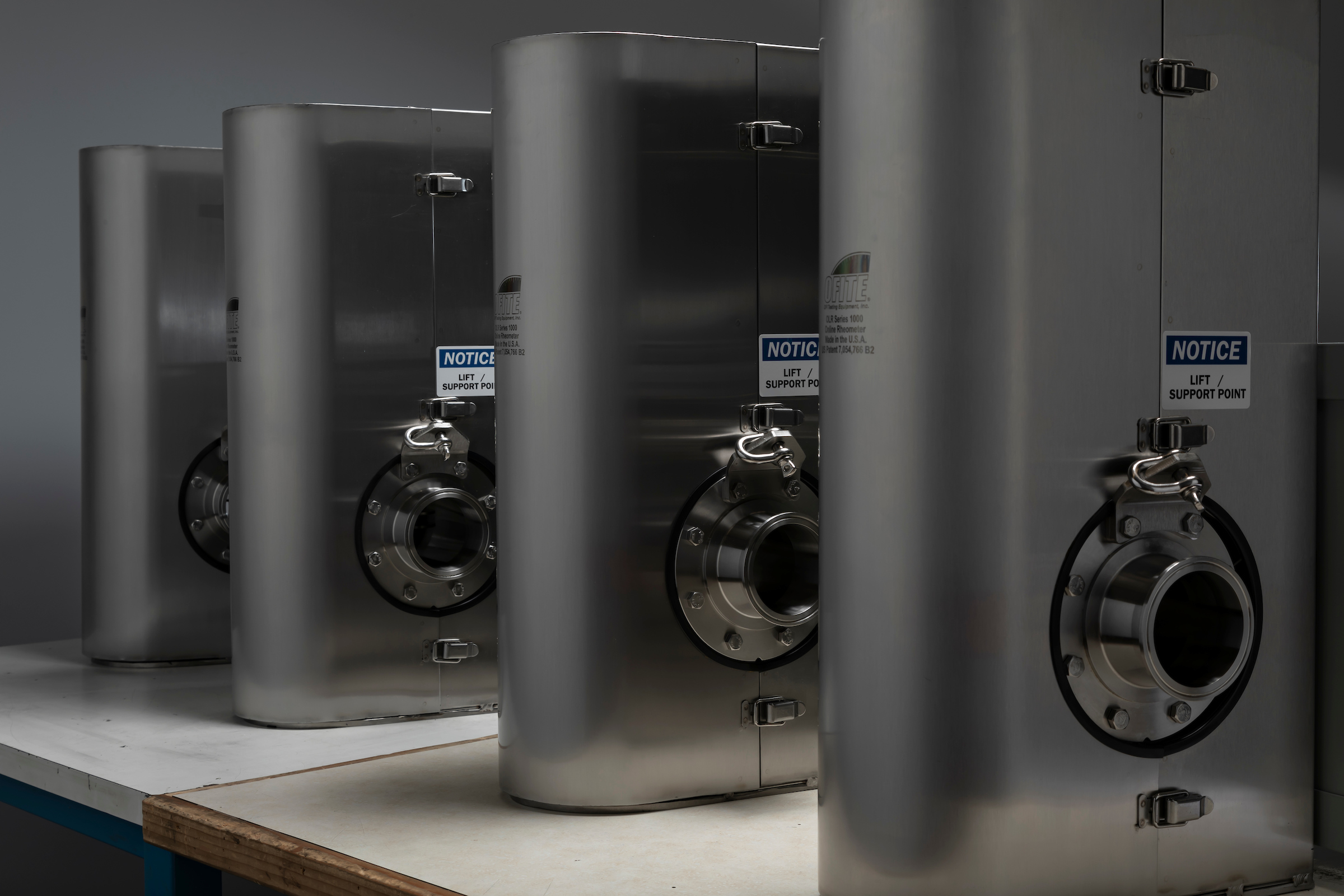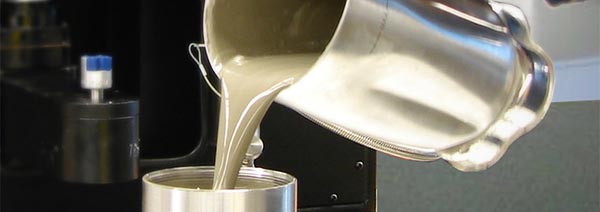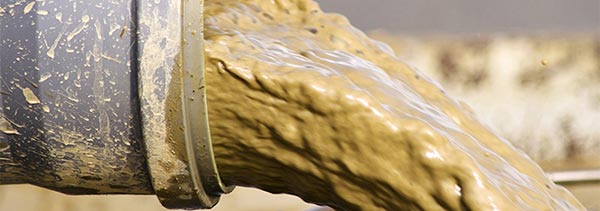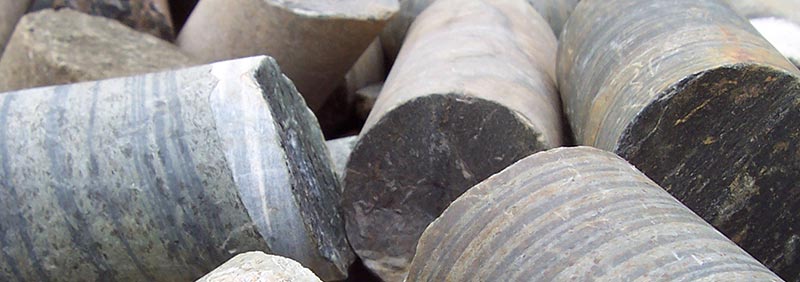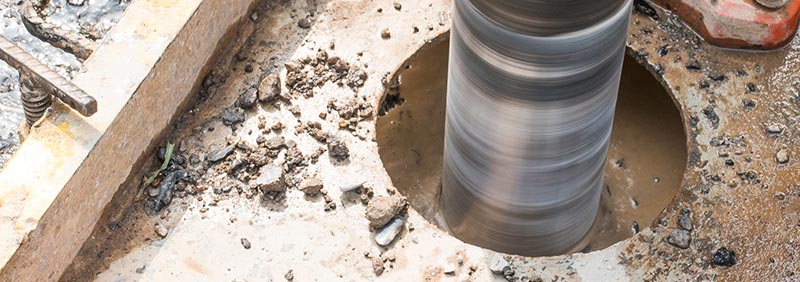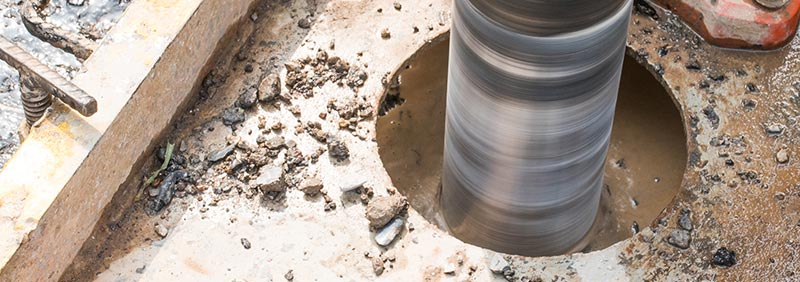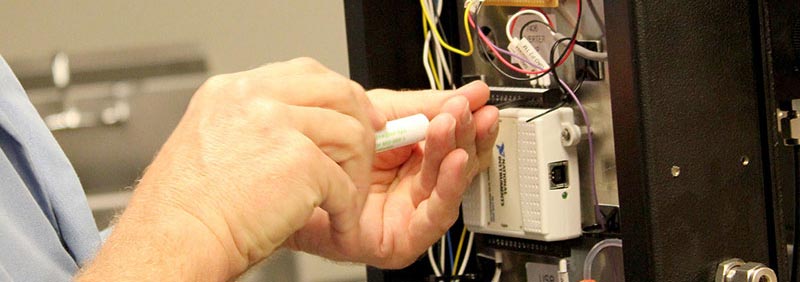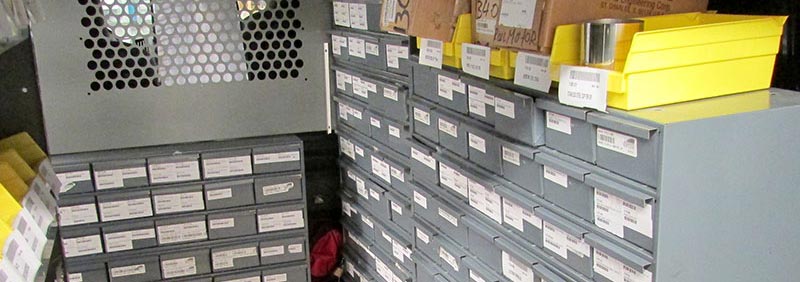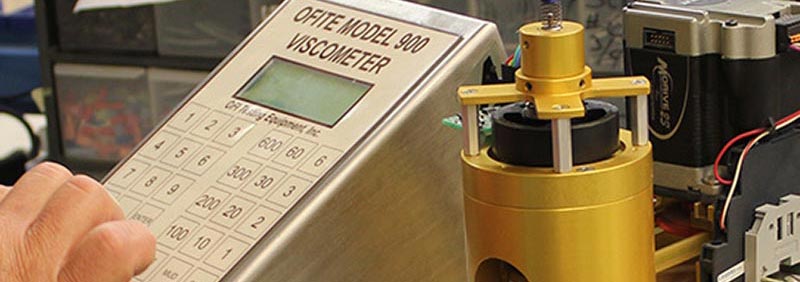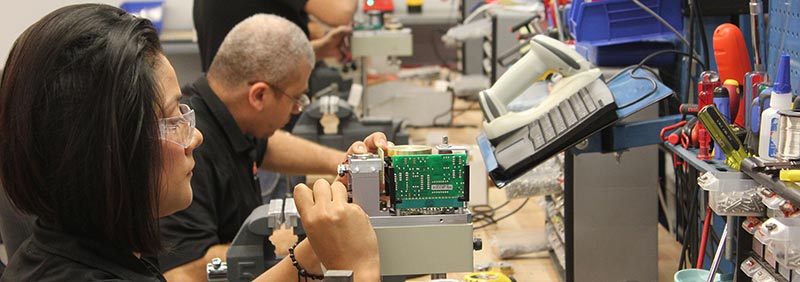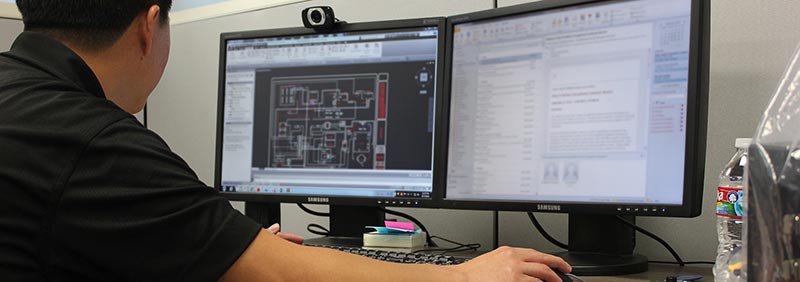OFITE will be exhibiting at the Abu Dhabi International Petroleum Exhibition and Conference (ADIPEC) November 3rd - 6th in stand 7416. We will be...
Newsroom
OFITE has been manufacturing high-quality Roller Ovens for decades. These ovens are a staple of drilling fluids labs all over the world. Now we are ap...
Our partner, Vision Analytical, has just announced a new Dry Powder Module for their Portable PI Raptor particle size and shape analyzer. The PI Rapto...
The third edition of API Recommended Practice 10B-2 (Recommended Practice for Testing Well Cements) was published in July 2024. If you have not review...
Are you looking for inexpensive equipment for your lab? We just updated our list of reconditioned equipment in our inventory. All items have been...
At OFI Testing Equipment, we believe that colleges and universities are more than just institutions of learning. They are hubs of innovation, growth, ...
Any lab that runs high-temperature, high-pressure filtration testing has to be concerned with safety. Heated and pressurized test cells, if handled im...
Are you looking for inexpensive equipment for your lab? Then take a look at our reconditioned equipment. All items have been serviced to like-new cond...
OFITE is proud to be partnering with Teledyne ISCO to distribute and service ISCO pumps in North America and Latin America. Teledyne ISCO manufactures...
Recently, while delivering a new ISCO syringe pump to a customer, we came across a storage room full of syringe pumps in various states of disrepair. ...
Most benchtop permeability testers are manually operated instruments with lots of valves and switches. The operator has to stand next to the instrumen...
OFITE is excited to announce a new partnership with Vision Analytical to sell their Particle Insight Raptor portable particle size and shape analyzer....
We are excited to announce a brand new product, the Advanced Emulsion Stability Meter. The Electrical Stability (ES) of an oil-based drilling fluid is...
The Permeability Plugging Tester (PPT) is essential equipment in drilling fluids testing. It provides invaluable information for the mud engineer for ...
The OFITE Model 60 Atmospheric Consistometer has been used in cement labs for years to condition cement slurries prior to further testing. Now, we are...
We are proud to announce an expansion of our partnership with Teledyne ISCO to distribute ISCO pumps to the energy industry in Latin America. This new...
Traditional filtration testing has always been limited by testing static conditions. Yet most of the time, drilling fluid is circulating through the w...
Excessive torque and drag is a common problem in the drill string. It can cause a variety of problems that negatively impact well efficiency. The prim...
Real-Time Analysis of Fluids in the Process Pipeline. The OLR utilizes a unique implementation of squeeze flow technology providing a quick and r...
OFITE is excited to announce a new partnership with Teledyne ISCO to distribute ISCO pumps to the energy industry in North America. Teledyne ISCO manu...

